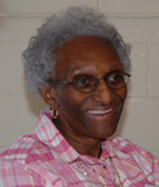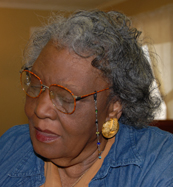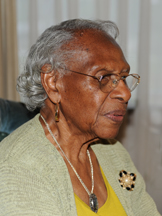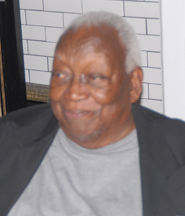

Social Activism and Social Justice “I recall the 'problems of living' curriculum, but teachers did not dwell on racism. |
|||||||||||||||
“Staley High School was a special place where the teachers, who had been the victims of discrimination, knew the importance of education. This school gave students that initiative, ambition, and encouragement to make certain that we would succeed.” |
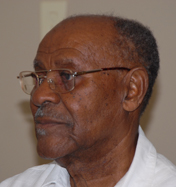 Joseph Crumbley, Sr. |
||||||||||||||
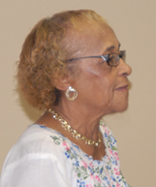 N. Carolyn Thompson |
“Of course, the school system was not equal. We had leftover books (with a few new books), but the science lab was well equipped. We accepted segregation because it was part of our life, and the teachers accepted that, too. They said we would make it if we obtained an education. The teachers told us of the world beyond and prepared us for what we would have to face. They inspired us to get an education and move beyond the injustices of Sumter County.” |
||||||||||||||
This Secondary School Study project falls within the realm of the “long civil rights movement”—an effort to examine the struggle for civil rights and social justice during the decades before the 1954 Brown v. Board of Education Supreme Court decision. One of the more complex questions that arises in the field of education concerns teachers’ efforts to engage in political and cultural struggle. Black teachers during the 1940s who were members of the NAACP ran the risk of losing their jobs; public statements and actions could have been life-threatening and, as was the case in Americus, Staley High School bombings display the level of hatred and threat in the area. |
|||||||||||||||
|
|
||||||||||||||
Social activism within the classroom and outside of the school takes on differing meaning and levels of “impact.” While the Americus-Sumter County Movement, the Koinonia Farms bombing, Martin Luther King, Jr.'s 1961 arrest and jailing, and the "Girls of Americus" incident are documented in the history of the struggle of civil rights, the role of educators during the 1940s and 1950s calls for further study. What does become apparent is that Staley High School educators were well aware of social injustices, and many were engaged in efforts to instill courage among their students as a way to work for civil rights and social justice. |
|||||||||||||||
|
“I taught the Constitution of the United States; that was my focus. And I believe it caused students to begin questioning their civil rights. I couldn’t say too much. I could only listen knowing that they were right. I was concerned about my job. Teachers could only do so much outside of the classroom and only so much inside the classroom.” Leroy Williams, a former Staley social studies teacher |
||||||||||||||

an institutional member of the International Coalition of Sites of Conscience
curator@museumofeducation.info

